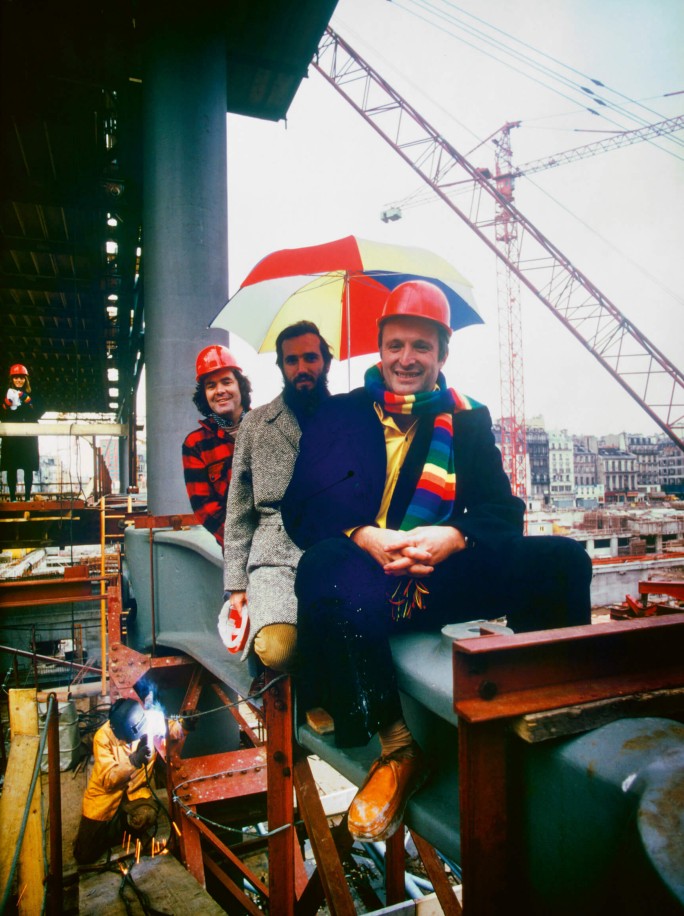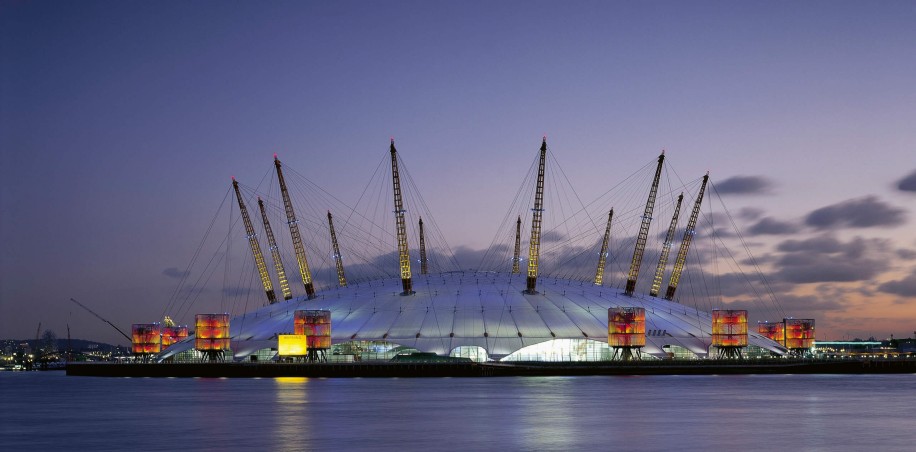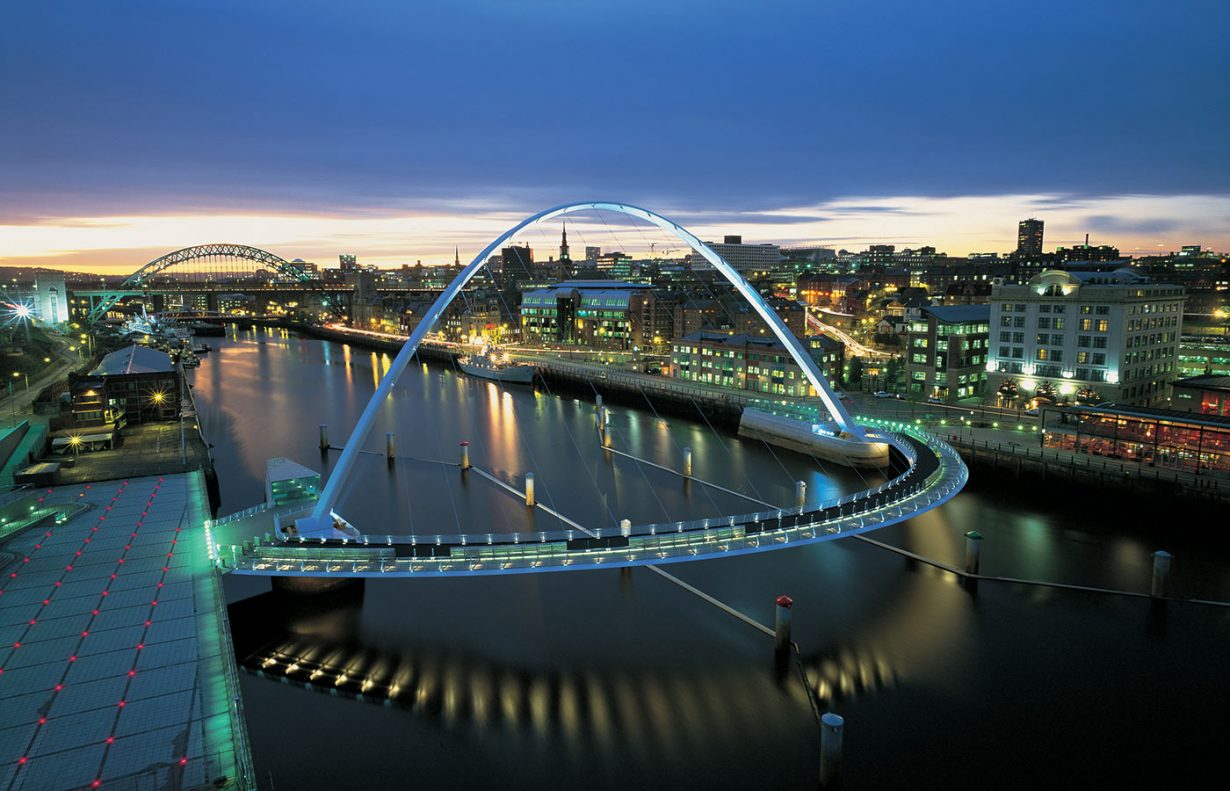
Richard Rogers, whose buildings include the Centre Pompidou in Paris (designed with Renzo Piano), Madrid-Barajas Airport Terminal 4 and London’s Millennium Dome and the Lloyds Building, has died aged 88.
Chris Wilkinson, whose death was announced 16 December, was responsible for the Wellcome Collection, London; the Alpine House at the Royal Botanic Gardens, Kew; and Stratford Station in London. His firm, WilkinsonEyre, also designed tall buildings in Sydney, Melbourne, Toronto and Guangzhou, and bridges including the Gateshead Millennium Bridge.
Rogers was born in Tuscany, Italy, but moved in England aged six. He studied first at the Epsom School of Art, before enrolling at the Architectural Association from 1954 until 1959. While studying for his master’s degree at the Yale School of Architecture in 1962 on a Fulbright Scholarship he met Norman Foster and planning student Su Brumwell, with whom Rogers set up his first practice (alongside Wendy Cheesman).
In 1968 he was commissioned by the photographer Humphrey Spender to design a house and studio near Maldon, Essex, producing an elegant glass cube framed with I-beams. Teaming up with Piano in July 1971, he precociously entered the design competition for the Pompidou. ‘There was very little public space near by, so we decided to make a piazza inside. People come to see people as much as art’, the architect told Dezeen.

In 1977 the architect established Richard Rogers Partnership along with Marco Goldschmied, Mike Davies, and John Young, renamed with new partners Rogers Stirk Harbour + Partners in 2007. The firm paid this tribute to its founder: ‘A man of immense drive and charisma, he was equally a man of civility and integrity, dedicated to the art and science of architecture, of urbanism, the life of the city, of political commitment and positive social change. His love of people, of discussion, the sharing of views, of exploring new paths and of co-operative and creative working, was reflected in the practice he founded, and which continues to espouse and develop those ideals today.’
Rogers was one of Wilkinson’s inspirations for turning to a career in architecture. He and Norman Foster represented for the architect – who died aged 75 – ‘the future which I wanted to be part of’. Wilkinson first worked for the latter in 1971, and then spent five years under the mentorship of the former, including being involved in Rogers’s Lloyd’s Building, before setting up on his own in 1983. In 1987 he entered into partnership with Jim Eyre to form WilkinsonEyre. Together they pushed high-tech architecture, embracing steel and glass in a range of projects, first finding fame with two Jubilee line projects for the London Underground metro system, Stratford Station and Stratford Market Depot. They went on to design the National Waterfront Museum in Swansea and the Explore@Bristol science centre, both capital projects to mark the turn of the millennium.

Wilkinson also kept a painting practice, telling RIBA Journal, ‘There are a lot of architects who consider themselves to be artists as well as architects and I’m one of them. I’ve been painting since the early 90s and my paintings give me a sense of freedom. Like all architects, I work from the brief and the site but when I go on site I do drawings and paintings as well. This often helps to develop a narrative which I find is an interesting way to approach a project and it often leads to unexpected possibilities.’